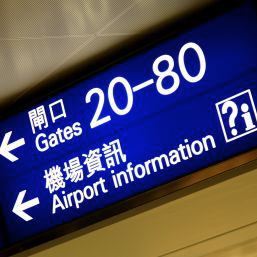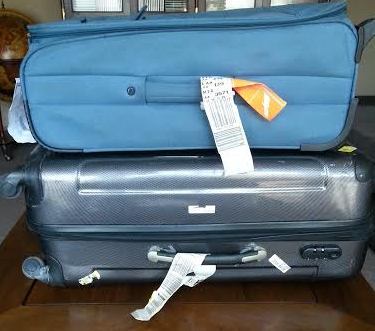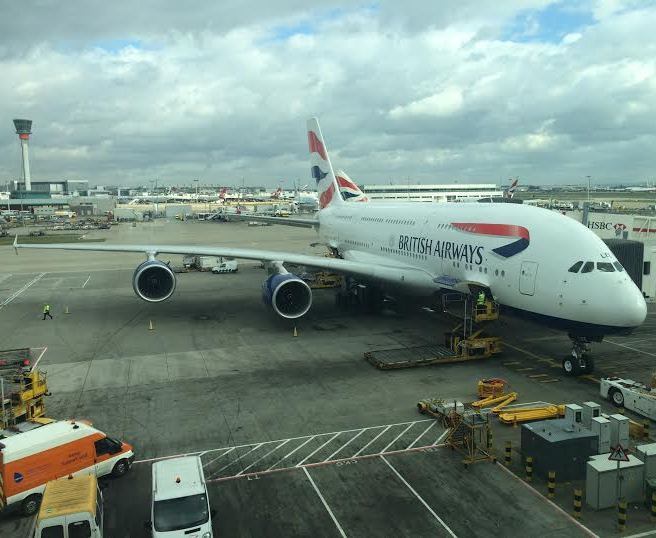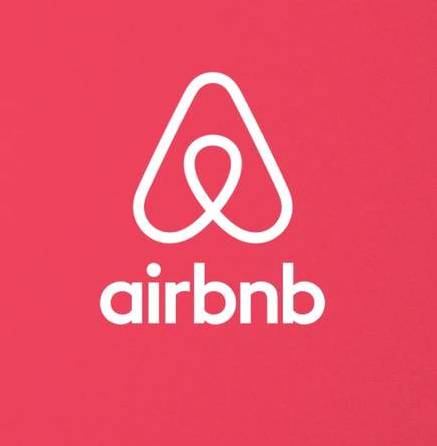 When American Airlines announced today that it would be implementing a new “á la carte” pricing system as of next year, many passengers groaned with despair.
When American Airlines announced today that it would be implementing a new “á la carte” pricing system as of next year, many passengers groaned with despair.
Then they asked themselves “aren’t they doing that already?”
The answer is, sort of.
Over the past year, American, like many other airlines, has been haphazardly levying fees for certain items like checked baggage and meals, which used to be included in the price of the ticket. But next year they plan to formalize the de facto á la carte plan by rolling out a new fare structure for coach which lays out the charges up front, at the point of purchase.
It is not known exactly what the new pricing structure will look like, but American Airlines officials say that they plan to model it after Air Canada’s system.
So how does Air Canada’s system work? This airline has four fare classes, each of which buys you different amenities. The highest gets you a refundable ticket, priority check-in, food and other amenities, while the lowest-price option buys you only the seat for a very low base fare, with the option to pay extra fees for upgrades such as food vouchers, advance seat selection, flight changes, and airport lounge access.
The “unbundling” concept is not new to the airline industry, but before this year was mainly confined to ultra low-cost carriers (ULCC) like Dublin’s Ryanair and the Florida-based Spirit Airlines, which switched to the ULCC model in June 2007.
However, the unbundling mind-set has now started to invade the ranks of the so-called “full-service” airlines, which, out of economic necessity, seem to be knocking themselves out to see who can turn themselves into a budget airline the fastest.
Other industries have been using the á la carte model for years. Think of your cable TV service, which requires you to pay a separate fee for HBO and PPV movies, among other things.
 Travel experts say applying the á la carte model has pros and cons. The obvious downside is that customers will feel like they are being taken advantage of while they psychologically adjust to the new model. It’s hard to accept that what was previously offered for free is no longer part of the package. Many passengers continue to feel nickel-and-dimed by the constant barrage of fees.
Travel experts say applying the á la carte model has pros and cons. The obvious downside is that customers will feel like they are being taken advantage of while they psychologically adjust to the new model. It’s hard to accept that what was previously offered for free is no longer part of the package. Many passengers continue to feel nickel-and-dimed by the constant barrage of fees.
On the other hand, some experts and airlines say that the new model can be seen in a positive light if you consider that you are only paying for services that you are actually using.
Air Canada maintains that á la carte pricing increases transparency and gives customers more choice. For example, if you are just taking a quick weekend trip without baggage, why should you have to pay for it, as you were under the old model? And this isn’t just speculation. Passenger feedback has already revealed that some travelers like having the option of saving money by bypassing amenities they don’t intend to use.
Either way you look at it, á la carte pricing is set to return airlines to profitability. United, Northwest and Continental expect to bring in between $100 million and $700 million this year from fees. Air Canada’s switch to the ULCC model helped bring it back from bankruptcy, made it competitive with its rivals and stabilized its domestic market share.
With this in mind the model appears likely to stick around indefinitely. The challenge airlines face going forward, however, is to balance their need to remain profitable with the need to assure customers that the new model will offer them something as well. If base fares under the new pricing structure are not lower than they were under the “all-inclusive” system, passengers will no doubt feel they are being cheated yet again.
Links: USA Today, MSNBC, USA Today blog, Minyanville.com
By Karen Elowitt for PeterGreenberg.com.
Get more Travel News Analysis of the day’s top stories.
Or learn more in our Airlines & Airports section.












